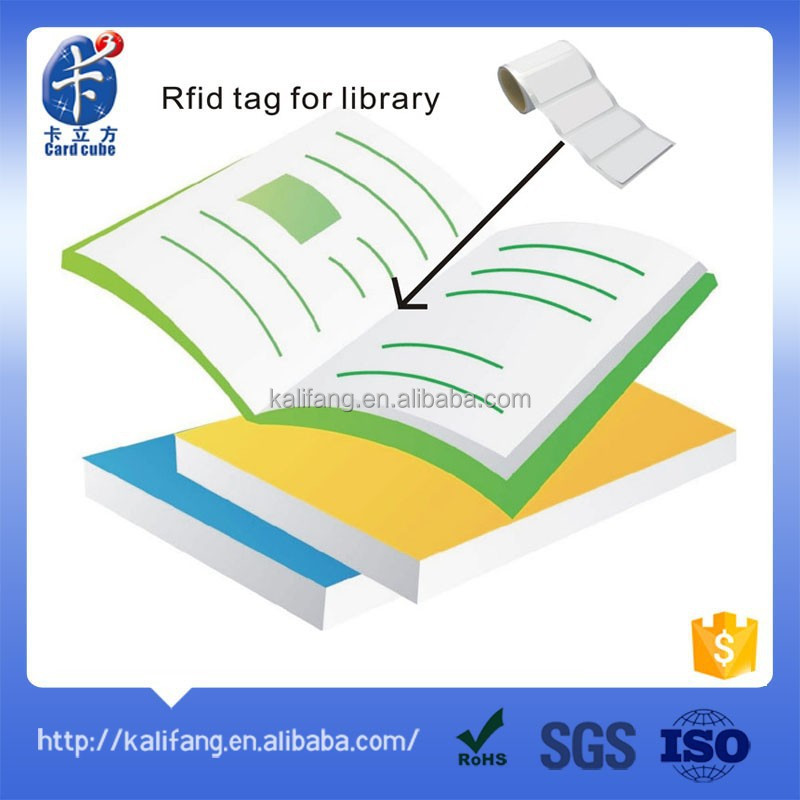 |
| http://rurallibrarianwv.blogspot.com/2015/09/privacy-in-libraries-e-rate-cipa.html |
In 2003 privacy concerns were raised related to the use of RFID tags. RFID uses low-powered radio transmitters to read data stored in tags that are embedded with tiny chips and antennas. It is said that these "smart" tags can store more information than conventional barcodes which allow manufacturers to track items.
According to an article published on computerworld.com, "placing RFID tags on consumer products will allow merchants to do location-based tracking or profiling of customers" according to Beth Givens, director of the Privacy Rights Clearinghouse, an advocacy organization in San Diego. Patron privacy in libraries is a touchy subject lately and this is why in 2003 the American Library Association developed guidelines to help libraries create privacy policies. To read more click here: http://www.ala.org/advocacy/intfreedom/statementspols/otherpolicies/rfidguidelines
As privacy issues become more prevalent it is expected that more improvements will be made to the RFID system.




